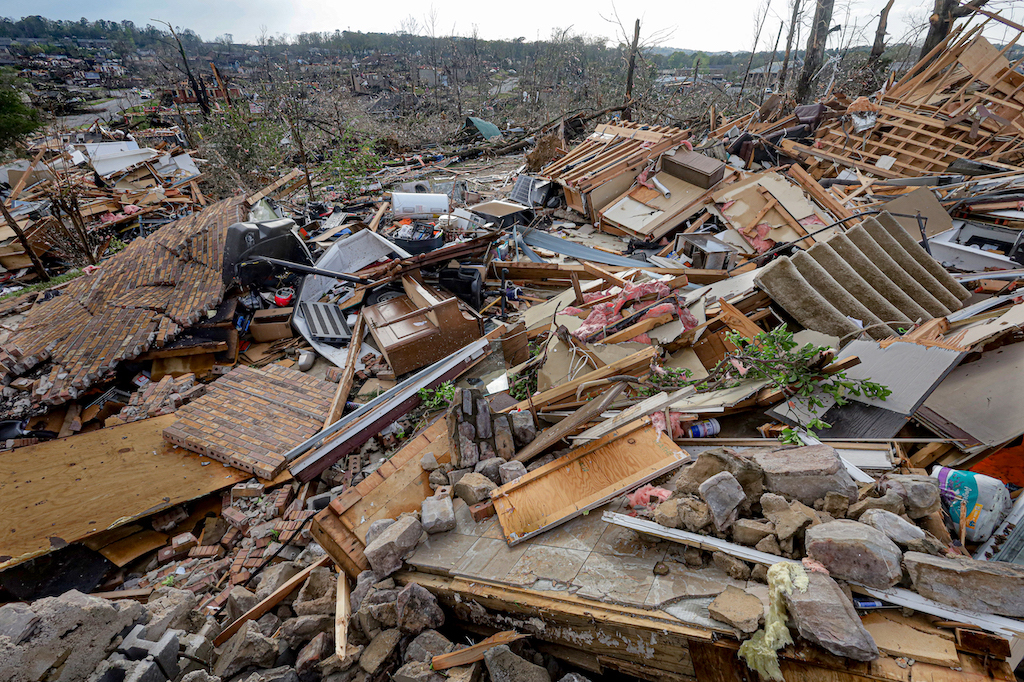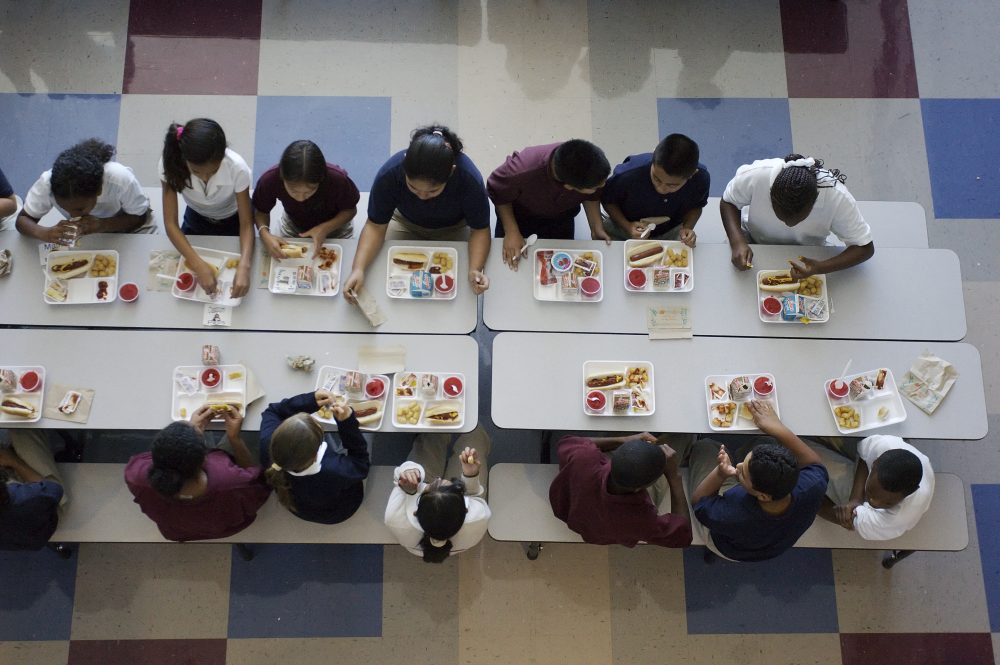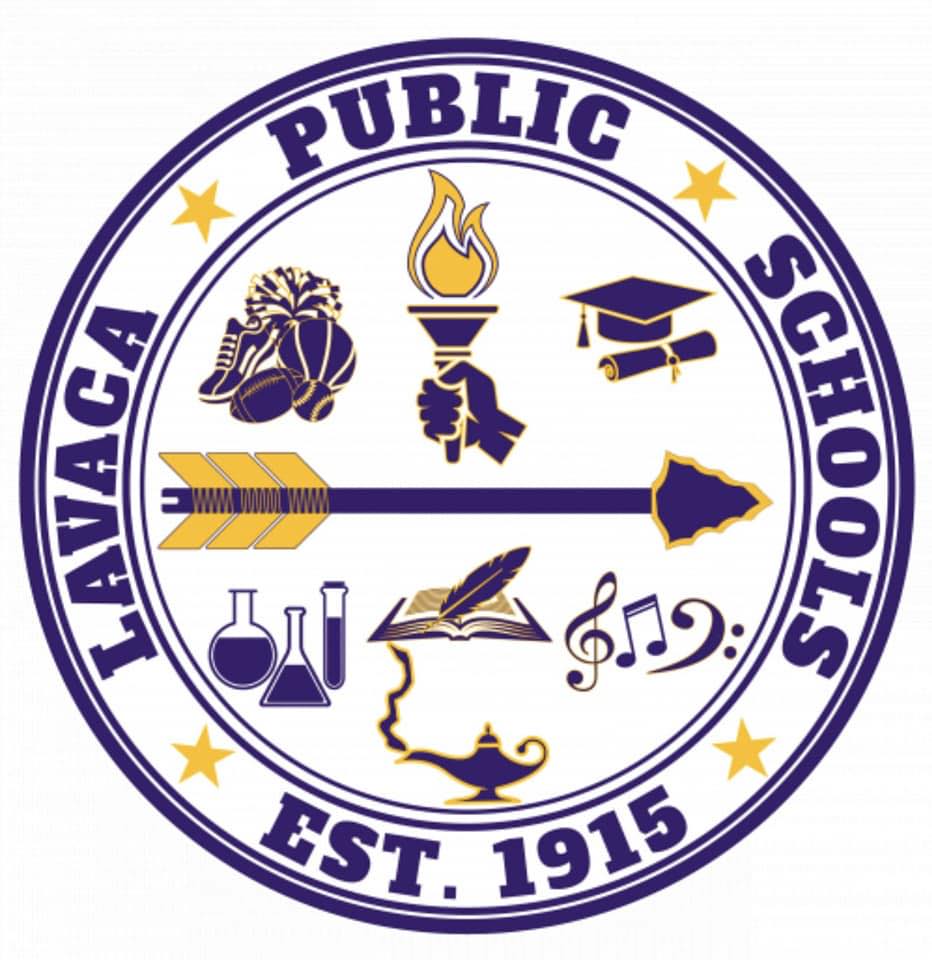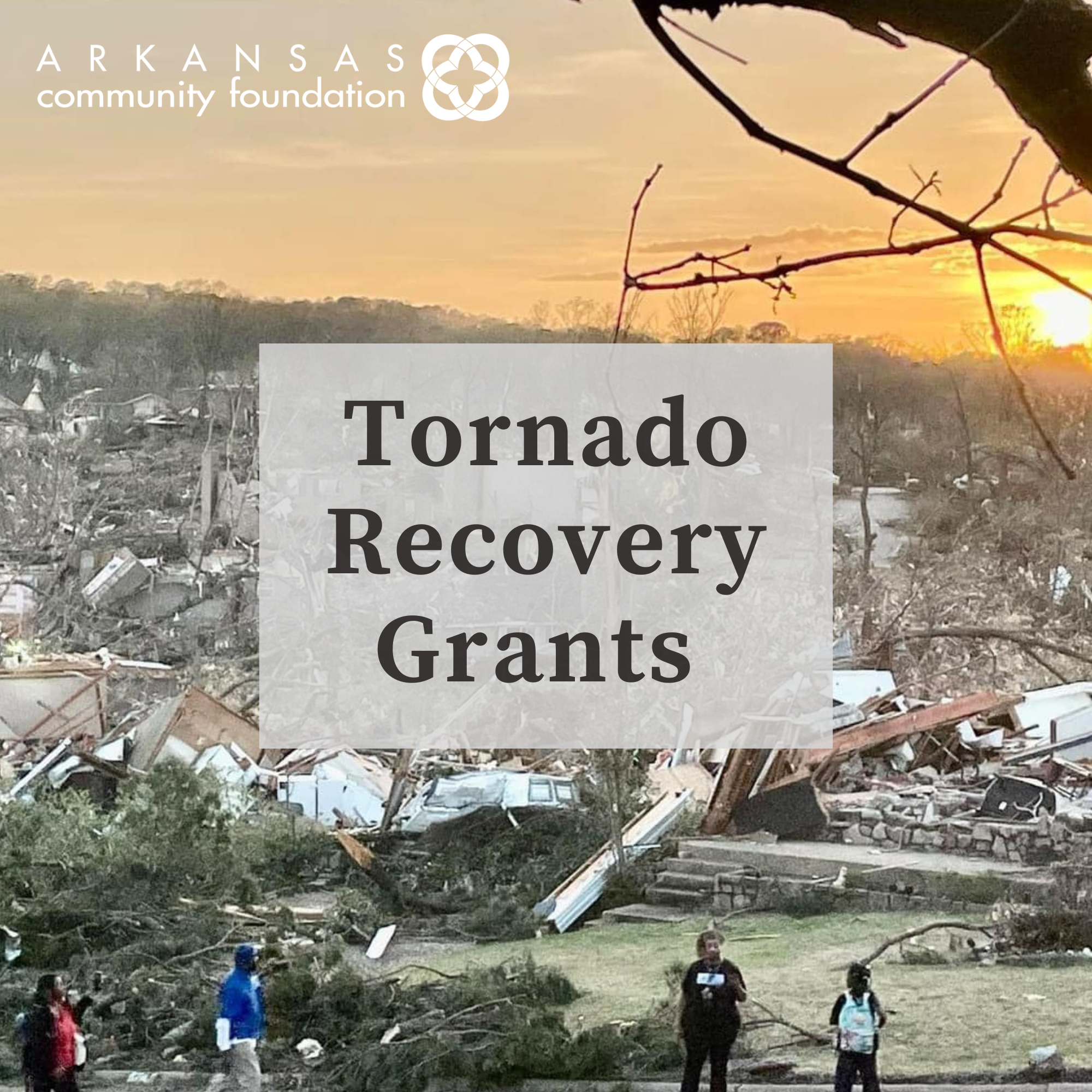By Jessica Ford
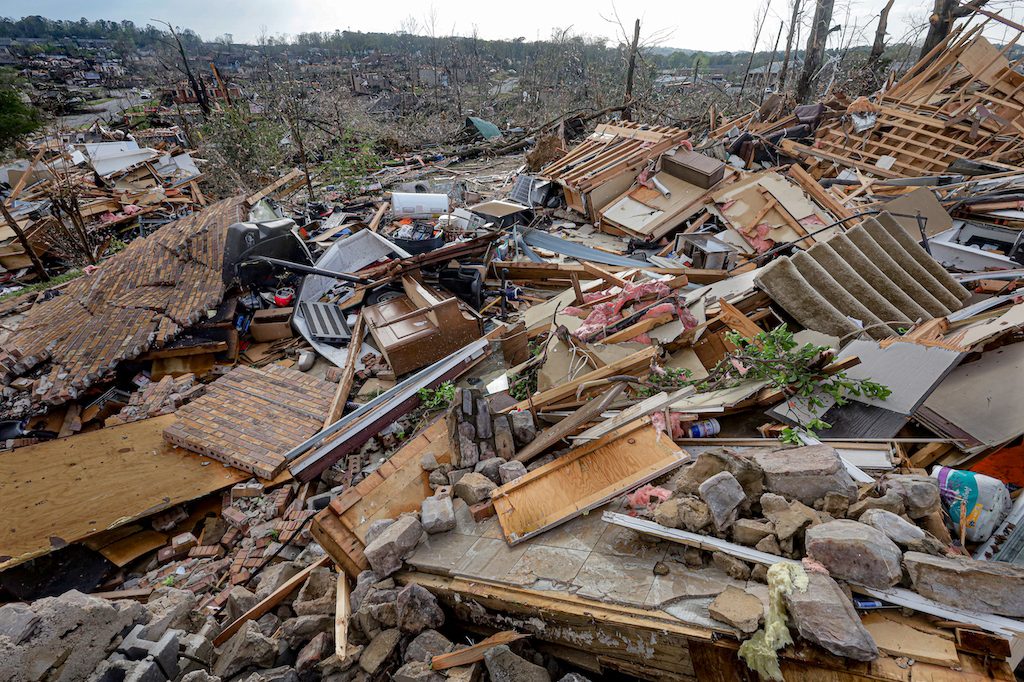
A VOAD Long-Term Recovery Group (LTRG) is a collaborative effort that emerges after a disaster. It’s a who’s who of national and local organizations working together to provide disaster response and recovery services. VOAD
stands for “Voluntary Organizations Active in Disaster.”
Human, material, and financial resources flow into communities after a disaster, but funds decrease as public awareness diminishes over time. A strong, well-organized LTRG can ensure that available resources are utilized to address long-term recovery needs.

National VOAD members and partners have learned a lot over decades of experience in disaster response and recovery. Those hard-earned lessons are captured in VOAD’s recovery guides and with traveling staff and volunteers who step up and help nationwide.
In Central Arkansas and Wynne, these groups began forming in July organized by the Arkansas Chapter of VOAD.
Membership in these two hard-hit areas is growing, and the groups meet every few weeks to assess and coordinate how they can collectively help those still impacted by the March 31 tornadoes. The groups consist of various organizations, including the Federal Emergency Management Agency (FEMA) , state agencies, nonprofits, community groups, volunteers and faith-based organizations.
In disaster response and recovery work, there are typically two phases: the immediate response phase and the long-term recovery phase. While the immediate response phase focuses on addressing immediate needs such as search and rescue, medical attention, and providing shelter, the long-term recovery phase deals with rebuilding and restoring the community to its pre-disaster state or even improving upon it. The latter is when LTRGs activate. To do this most effectively, a key function of the group’s recovery work is case management. Case managers are hired by LTRGs and are the “funnel” point persons receiving applications from disaster survivors. These case managers provide individualized assistance, personally helping survivors navigate available resources and services. Those seeking assistance are typically people who’ve been denied FEMA funds or were either underinsured or uninsured. For example, if someone applies to the case manager for a new roof because of being underinsured or received an estimate for repair that is unaffordable, the case manager vets the application and presents it to the LTRG. Because all the organizations actively helping are sitting at one proverbial table, each may offer something to help.
ONE COMMON SCENARIO
A national building supply store donates a large amount of roofing materials following a storm, but storage is needed for all those materials. A local nonprofit with storage space offers to house the materials temporarily. Then, as with many disasters, a group of volunteers from a nearby state comes in to help with installing roofs and construction work, but they need to be housed and fed. So a local church offers to house the volunteers while a local food pantry provides their meals.
The roof gets installed at a lower cost and more quickly than if the applicant had gone through the process alone. This saves resources for the applicant, but it also ensures a coordinated effort where individuals aren’t getting duplicate resources from various organizations.
Case management is one component of the work of a Long-Term Recovery Committee, but the full scope includes:
• ASSESSMENT Conducting thorough assessments to understand the extent of the damage and community needs.
• COORDINATION Collaborating with various organizations and agencies to ensure a coordinated approach.
• RESOURCE MANAGEMENT Managing and distributing resources, including funds, volunteers, and supplies.
• CASE MANAGEMENT Providing individualized assistance to disaster survivors, helping them navigate available resources and services.
• RECONSTRUCTION AND REBUILDING Overseeing the process of rebuilding infrastructure, homes, and other essential facilities that were damaged or destroyed.
• EMOTIONAL AND SPIRITUAL CARE Offering support to survivors for their emotional and psychological well-being.
• PUBLIC AWARENESS AND EDUCATION Communicating with the community about available resources, recovery progress, and steps to take in the aftermath of a disaster.
• ADVOCACY Representing the needs and concerns of the affected community to local, state, and federal authorities to ensure they receive appropriate support.
Overall, a VOAD LTRG plays a crucial role in guiding a community through the complex and challenging process of recovery after a disaster. It leverages the strengths and expertise of various organizations and volunteers to help the community rebuild, heal, and become more resilient in the face of future challenges.


